The CMU Steam Tunnels and Wean 9
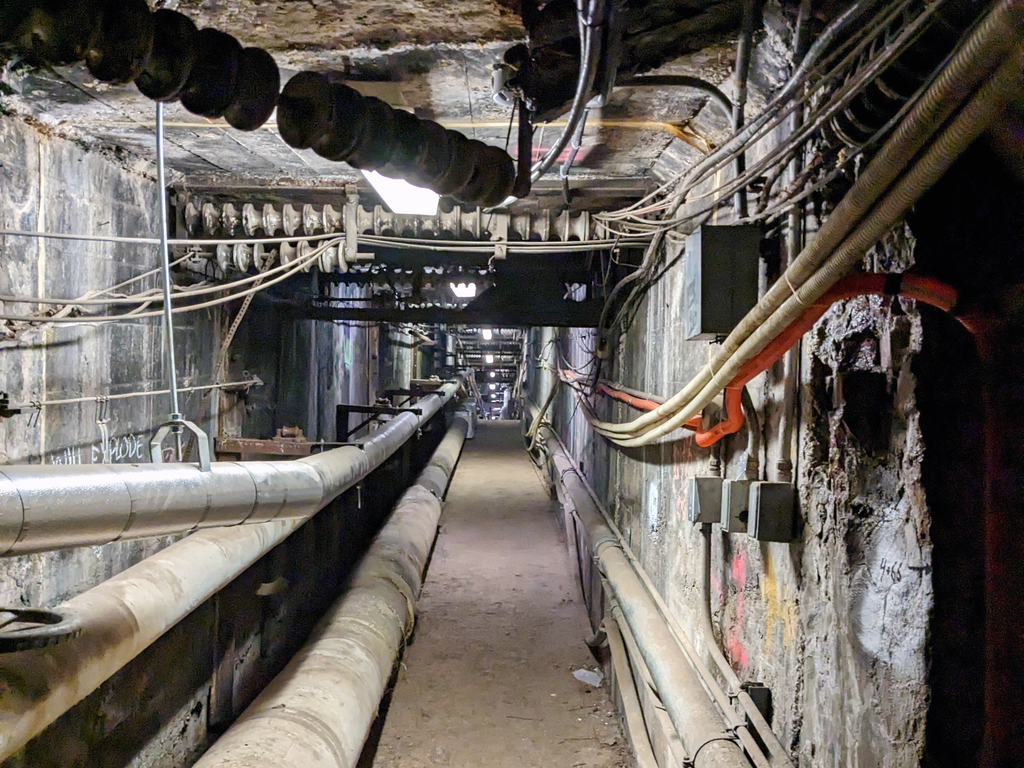
If you’re curious about the infamous steam tunnels at CMU, or what the views from the roof of Wean Hall looks like, this is for you! The week after course finals concluded, CMU SLICE (Student Leadership, Involvement, and Civic Engagement) organized an Underground Steam Tunnels Tour as a Senior Week event. I was technically not a senior as I am a graduate student, but they were nice enough to let me join.
Before I continue, let me warn readers that you are not allowed to enter the steam tunnels by yourself. Please sign up for an official tour by SLICE that will be led by a facilities engineer. From The Word Student Handbook:
Steam Tunnels
Because of the danger to all who enter them, the steam tunnels are locked and anyone found in the tunnels will be subject to serious disciplinary action and/or criminal action. The University Police are responsible for keeping the tunnels locked and apprehending anyone who trespasses in them.
The Steam Tunnels
We met at the fence, and all of us had to sign a waiver and don a helmet (the same white helmet that was used by builders during Spring Carnival booth).
We proceeded to the basement of Margaret Morrison Hall, and the engineer guiding the expedition shared some history about how the Margaret Morrison basement was enhanced to be flood-resistant after a flooding incident a few decades ago caused water to also flood into the steam tunnels.
We were warned that the tunnels will be hot and claustrophobic, that we should not touch any pipes as they will be extremely hot, and to not poke at any asbestos for obvious reasons. He then unlocked an unmarked door, and let us into the tunnels proper:
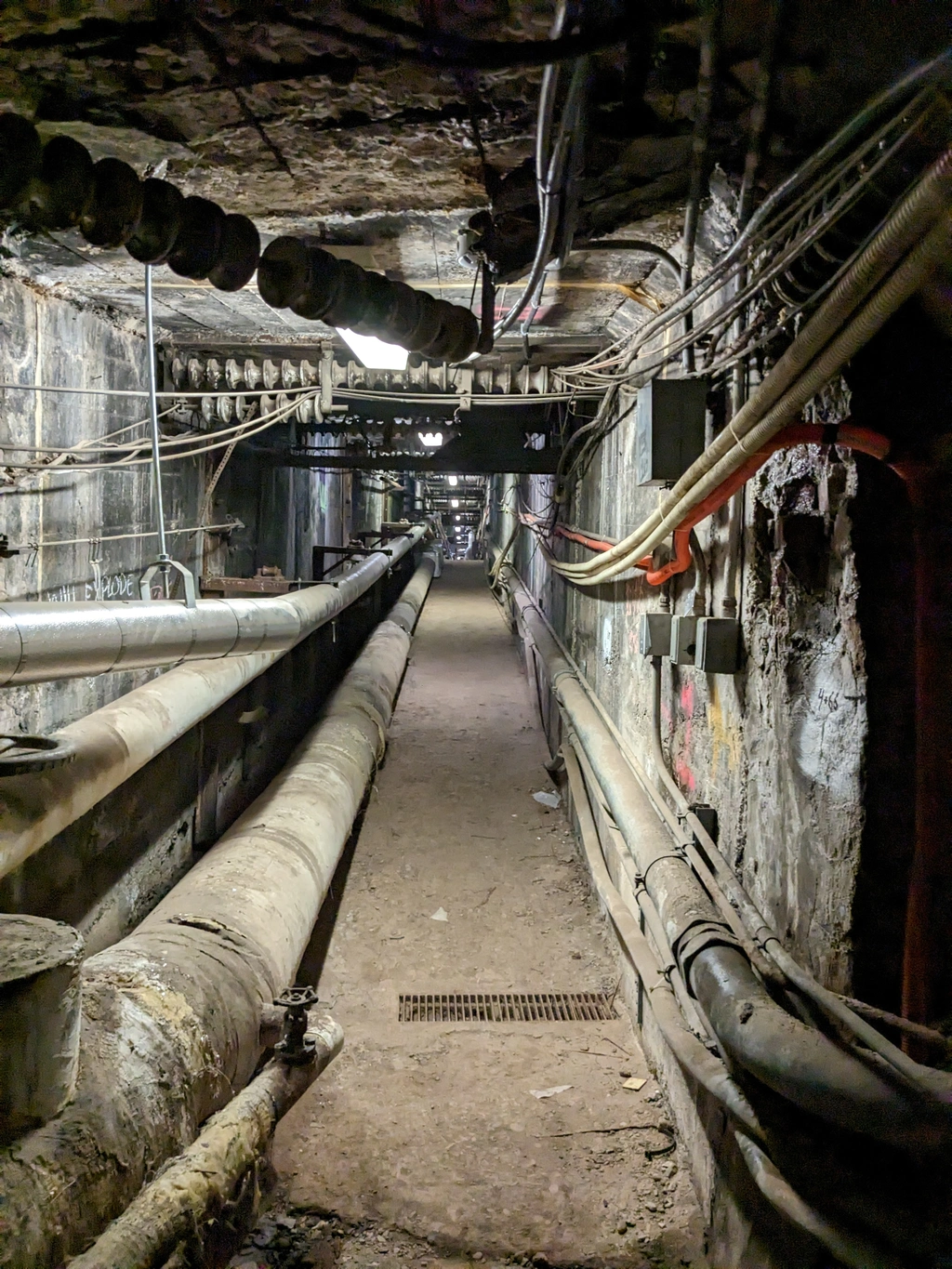
It was initially still quite cool near the door, but the temperature began rising as we went further in. Some sections of the pipes were hissing and you could really feel the warmth emanating from them. At some point I was slightly afraid that a pipe beside me might burst.
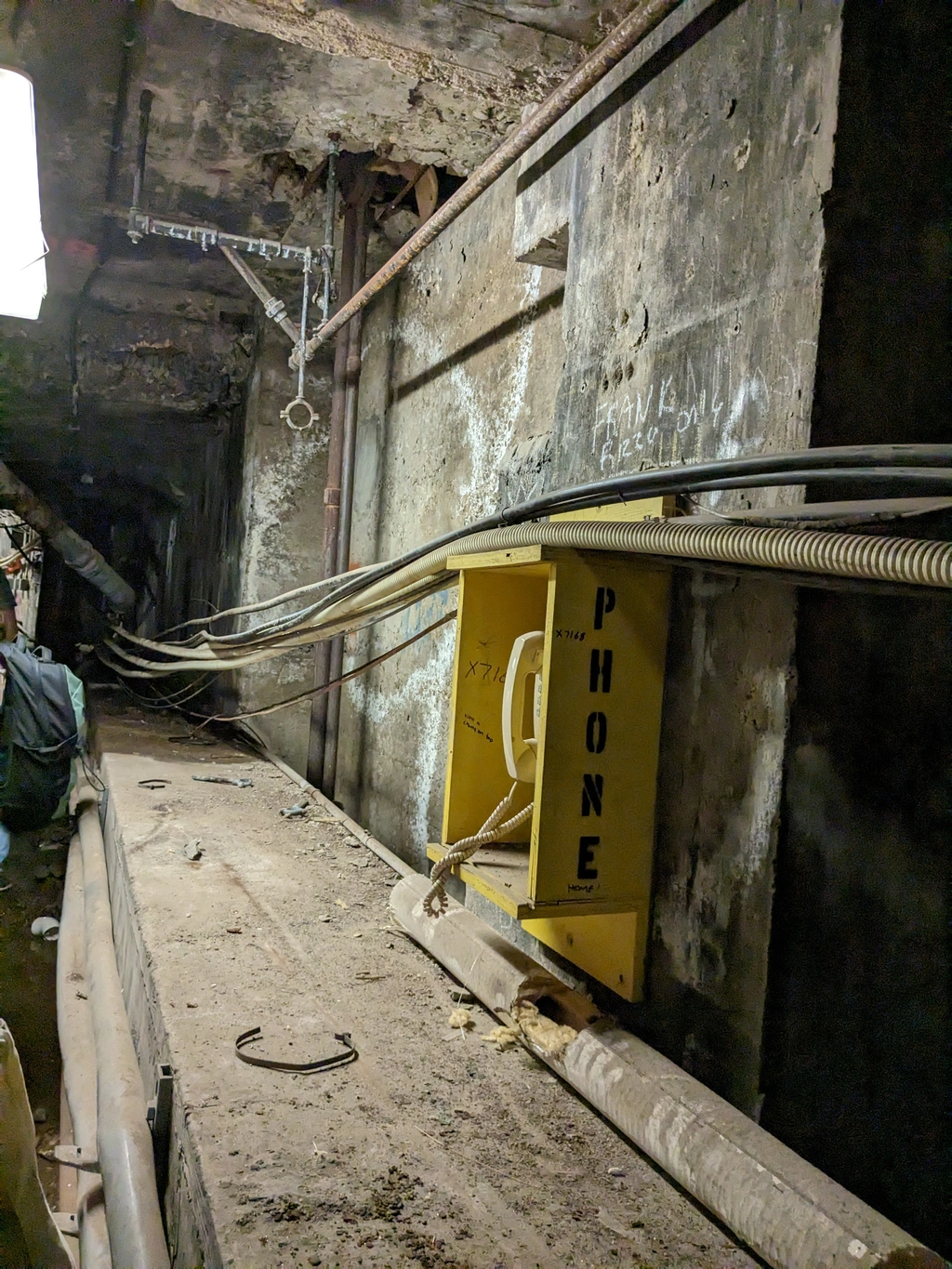
At some point, there was a fork where the tunnel on the left fork became very short and narrow. We took the right fork.
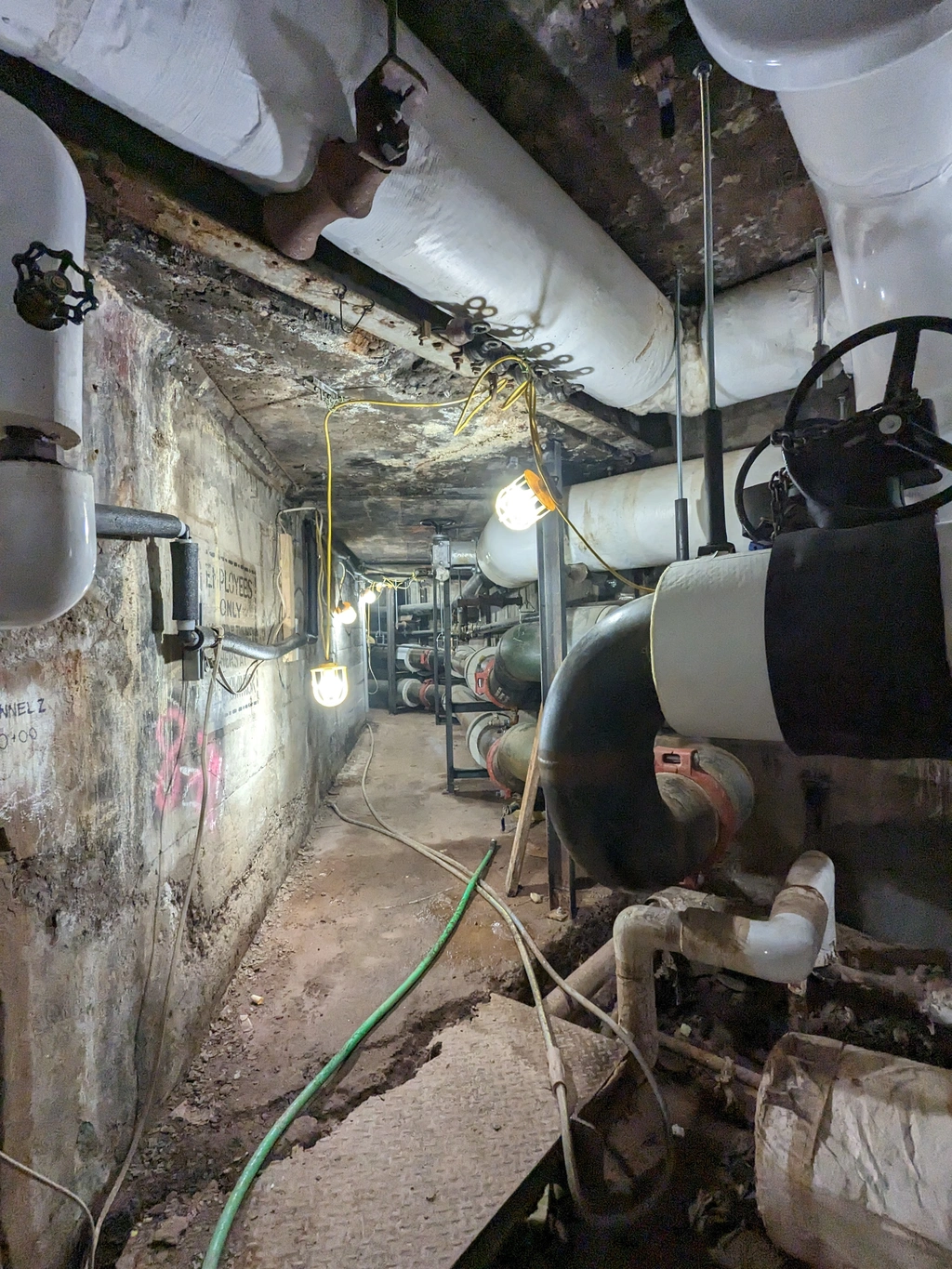
It was generally quite well-lit, until we were brought to a section of the tunnel where we had to ascend a rusty ladder to reach a cavern, which was unlit. It was known as the CFA cavern as it is located right under the steps of CFA:
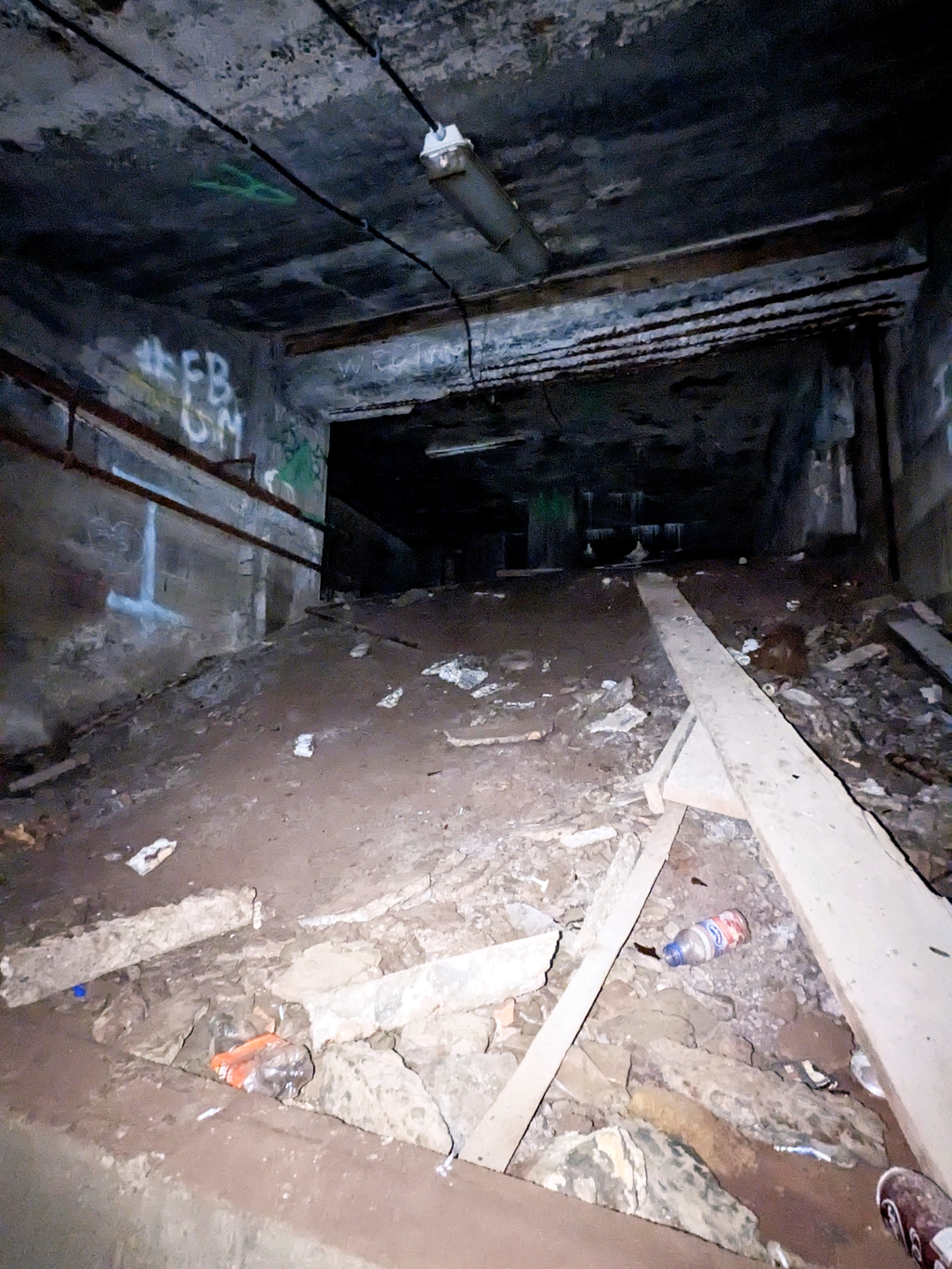
Apparently at some point in the past, a very resourceful CFA student decided to make this their home. Not only was rent cheap (free!), but it was also very close to the CFA building! However, they were found by campus police and booted out.
I would not say that it was the most ideal living arrangement. There were plastic bottles strewn everywhere, and stalactites growing down from the ceiling. The air was very damp and musty, and would probably do something bad to your lungs if you stayed in there long enough. It was surprisingly much cooler than the steam tunnels right below it though.
We then went back down into the tunnels, and continued on:
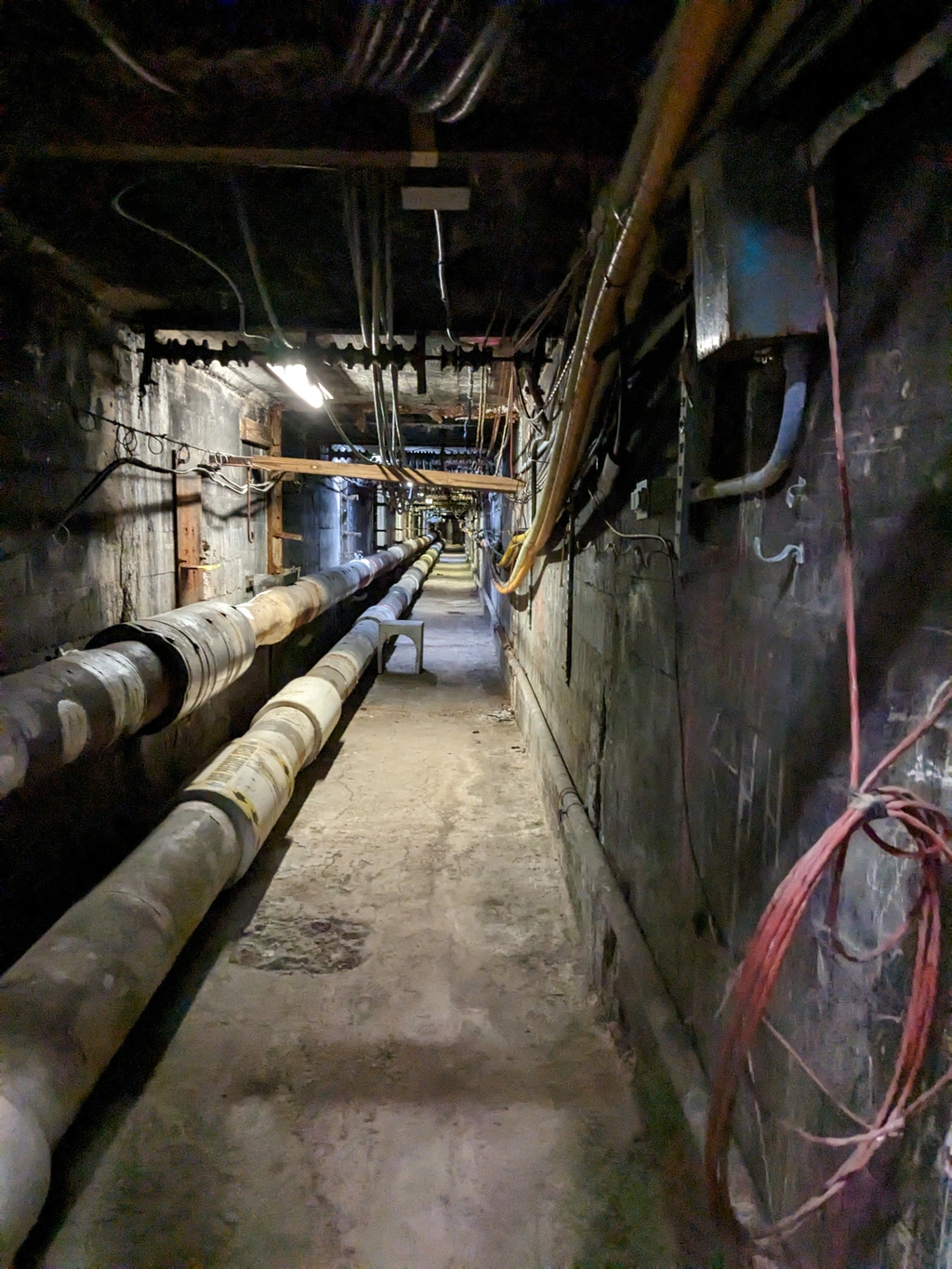
As it got close to the end of the tunnels, we were each handed chalk that can be used for leaving our mark in the tunnel. Since public vandalism is punishable by caning in my home country, of course I was not going to pass on this wonderful opportunity to defile the steam tunnels to my heart’s content:
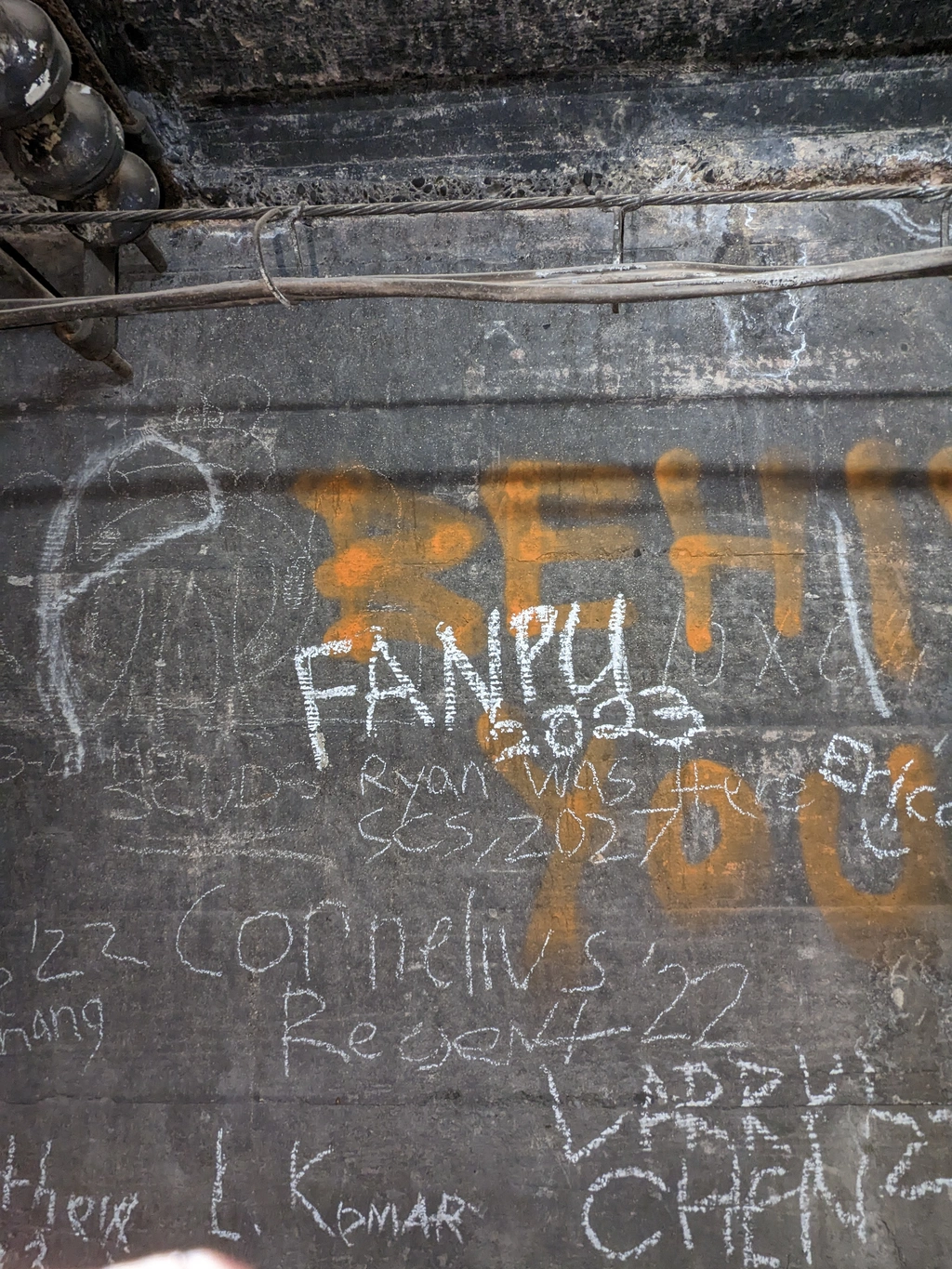
We then emerged from an exit deep inside Doherty Hall, which was nice as it was beginning to get rather uncomfortable and claustrophobic. Whew!
Roof of Wean
If you thought there were only 8 levels in Wean, then you will learn something new today. We took the freight elevator from the corner of Wean to floor PH (penthouse?), AKA Wean 9.
Wean 9 was essentially a huge storeroom for CMU FMS (Facility Management Services). There were all sorts of supplies and tools, and even spare doors for classrooms. It made me realize just how much maintenance it took to operate a campus.
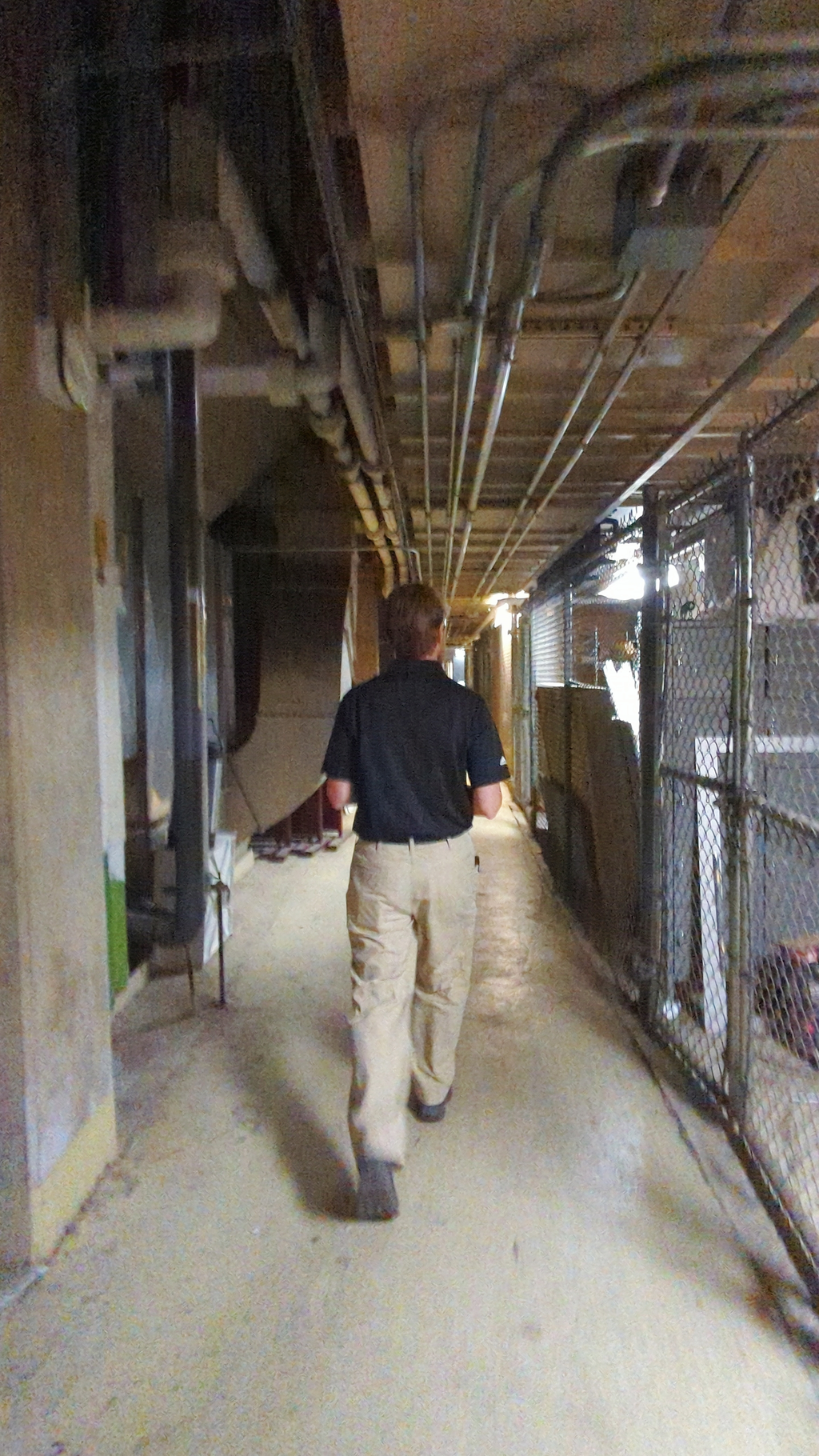
We were finally brought to a door that led to the roof of Wean Hall, and had to adjust our eyes for a few seconds to the new blinding sunlight. It was beautiful!
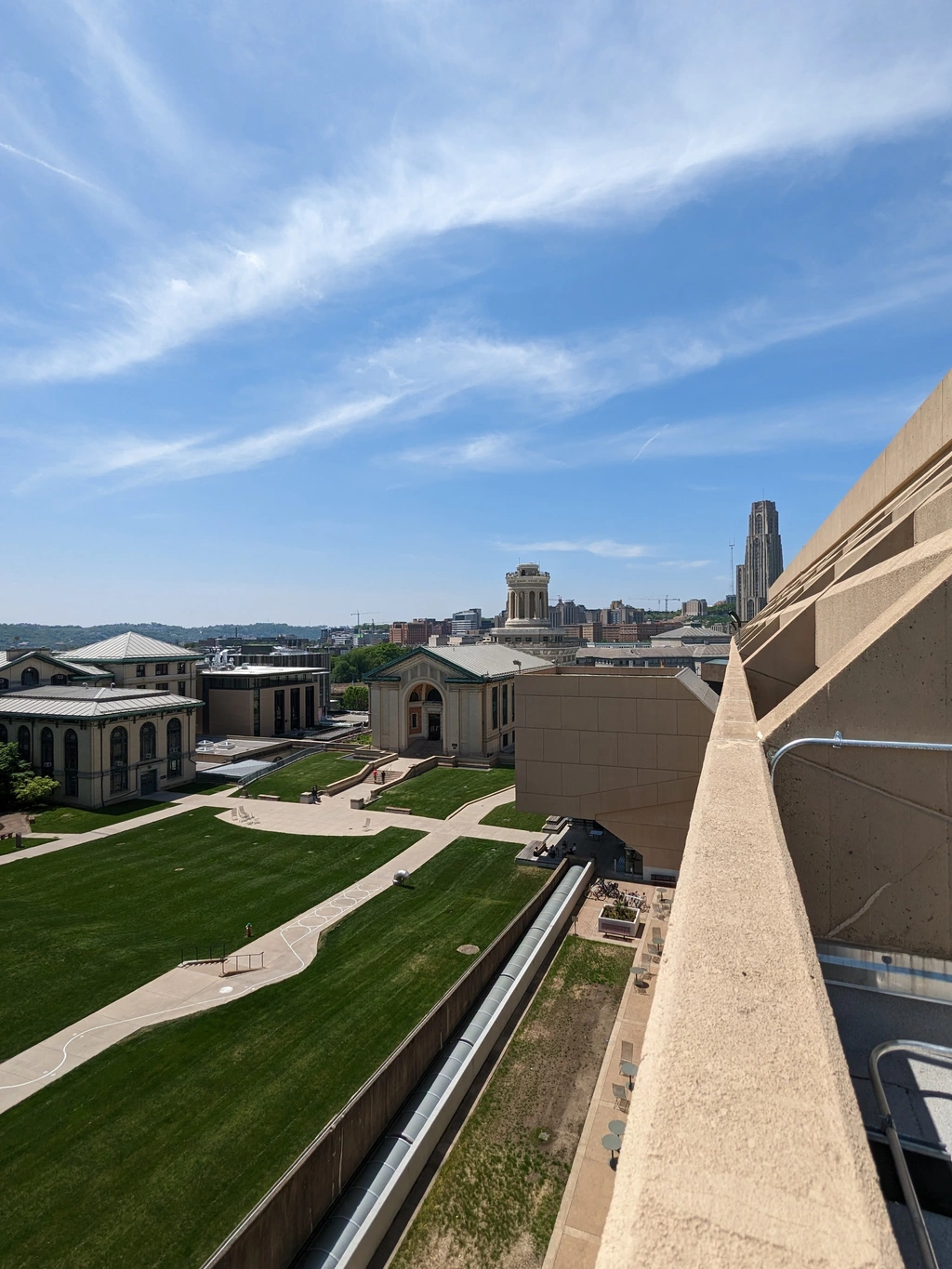
Everyone got busy snapping photos, myself included. To my knowledge this is the only place on campus where you can take a side-by-side photo with the Hammerschlag radio tower:
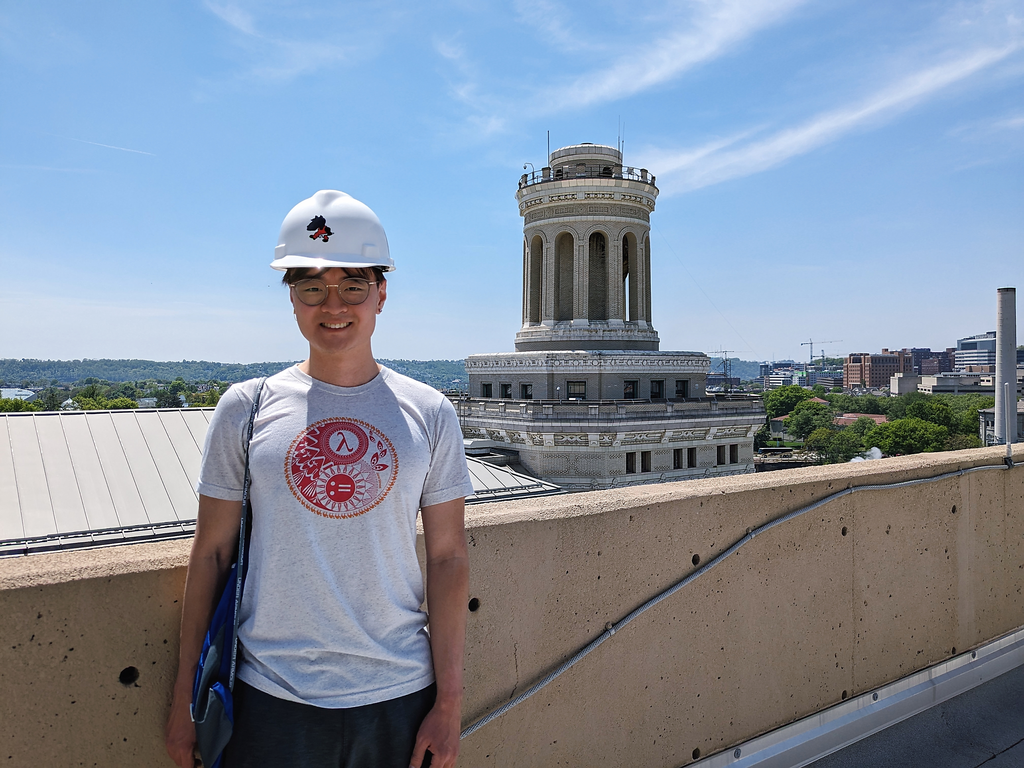
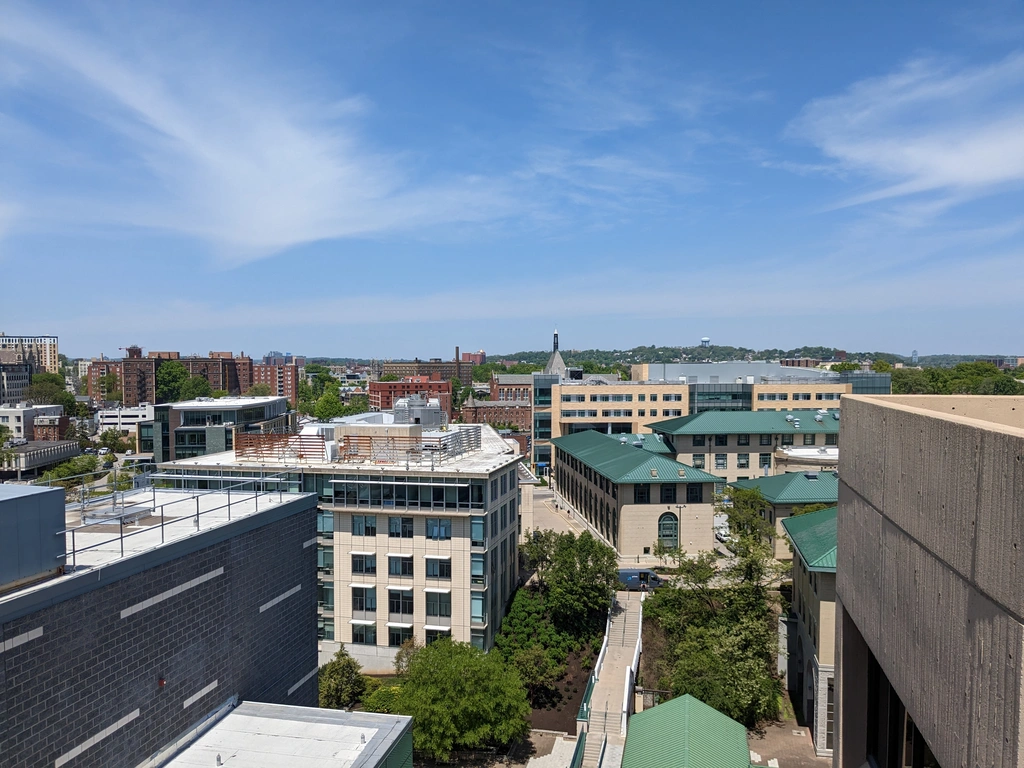
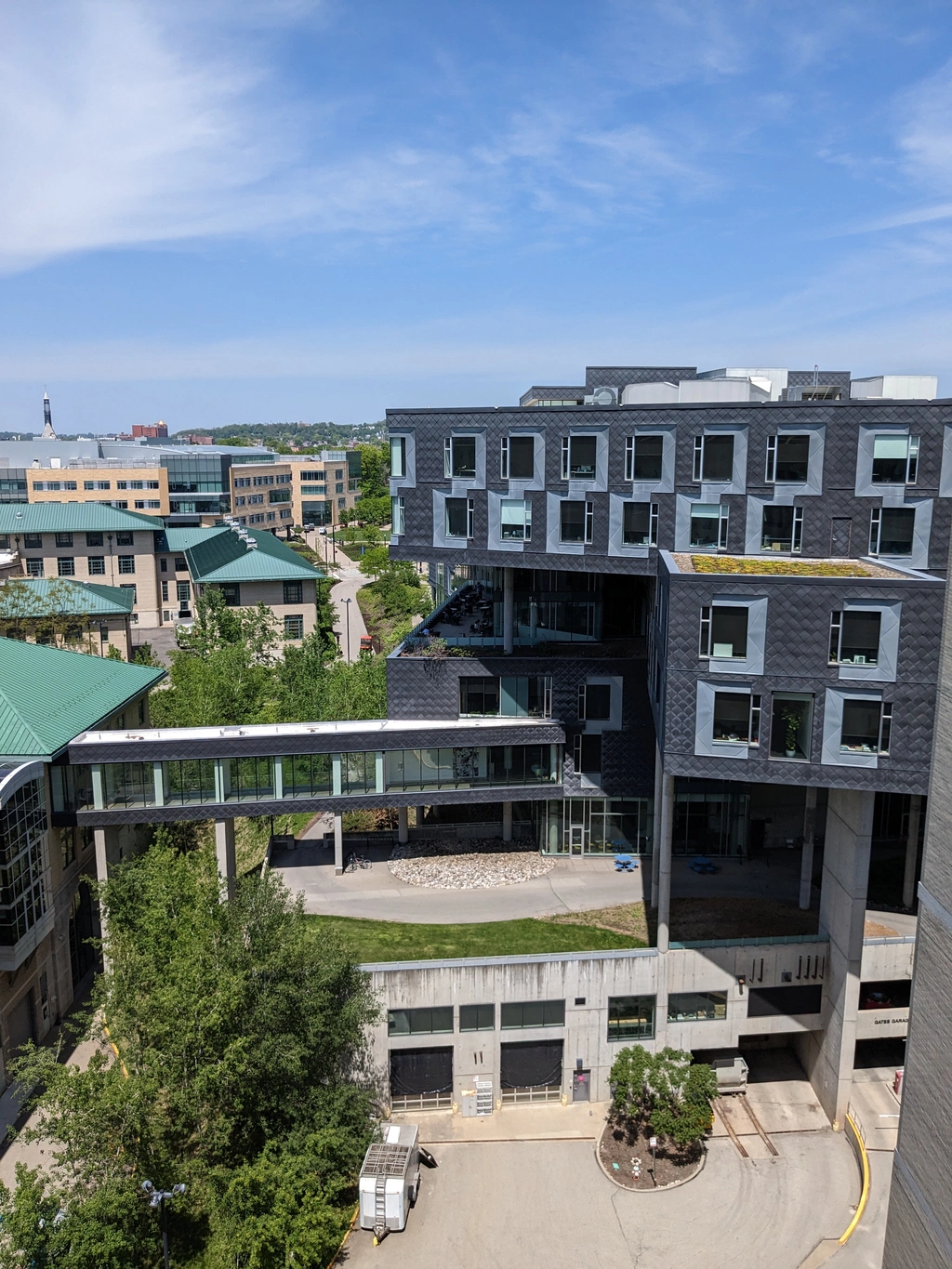
There was some open space on the roof, and I thought it would be pretty cool if they opened an open-air cafe here. It has pretty nice panoramic views of the entire campus.
And that’s it for the tour!
Acknowledgments
I would like to thank SLICE for organizing this trip, my friend Justin Sun who also went on this little adventure with me for proofreading this post, and Joey Li for pointing out a mistake in the post, where I previously erroneously claimed that WRCT 88.3FM was also broadcast from Hammerschlag tower.
Related Posts: